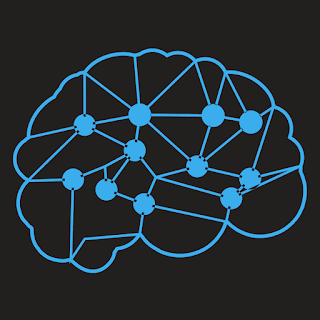Introduction :
Natural language processing (NLP) is a field of computer science that deals with the interaction between computers and human (natural) languages. NLP has a wide range of applications, including machine translation, text summarization, and question answering.
In recent years, the field of NLP has been revolutionized by the emergence of large language models (LLMs). LLMs are a type of artificial intelligence (AI) that are trained on massive datasets of text and code. This allows them to learn the statistical relationships between words and concepts, which makes them very good at generating text that is both grammatically correct and semantically meaningful.
LLMs have the potential to revolutionize the way we interact with computers. They can be used to create more natural and conversational interfaces, improve machine translation, and empower content creation and editing.
Understanding Large Language Models:
In this section, we will delve into the basics of LLMs and explain their underlying architecture. We will introduce the concept of pre-training and fine-tuning, illustrating how these models are trained on vast amounts of text data to develop a deep understanding of language patterns and semantics. By highlighting their ability to generate coherent and contextually relevant responses, we will emphasize how LLMs have surpassed previous NLP approaches.
Enhancing Human-Computer Interactions:
LLMs have revolutionized human-computer interactions by enabling more natural and conversational interfaces. We will explore the applications of chatbots and virtual assistants powered by these models, which can provide personalized recommendations, answer complex queries, and even engage in creative writing. The increased accuracy and fluency of responses have enhanced user experiences and fostered more meaningful interactions.
Advancements in Machine Translation:
Machine translation has always been a challenging task due to the complexities of language. However, LLMs have significantly improved translation quality by capturing subtle nuances and context. We will discuss how these models have enhanced translation services, making them more accurate, fluent, and capable of handling various language pairs. Additionally, we will touch upon the potential of LLMs in breaking down language barriers and facilitating global communication.
Empowering Content Creation and Editing:
Content creation and editing have been greatly impacted by LLMs. We will explore how these models have simplified the writing process by offering suggestions, providing grammar and style corrections, and generating text based on prompts. This capability has been invaluable to writers, journalists, and content creators, enabling them to streamline their workflow, improve productivity, and enhance the overall quality of their work.
Applications in Sentiment Analysis and Opinion Mining:
Sentiment analysis and opinion mining have gained importance in understanding customer feedback, social media trends, and market insights. LLMs have proven instrumental in analyzing sentiment at scale, accurately detecting emotions, and extracting valuable insights from vast amounts of textual data. We will discuss how these models have revolutionized sentiment analysis, making it more efficient, accurate, and accessible across industries.
In this blog post, we have explored the revolutionary impact of LLMs on NLP. We have witnessed how these models have transformed human-computer interactions, improved machine translation, empowered content creation, and enhanced sentiment analysis. As LLMs continue to evolve and improve, we can expect further breakthroughs in NLP, opening up new frontiers in communication, understanding, and collaboration. The power of these models is immense, and their applications are boundless, making them a pivotal technology in shaping the future of language processing.

Comments
Post a Comment